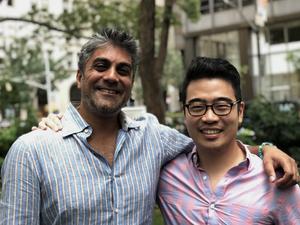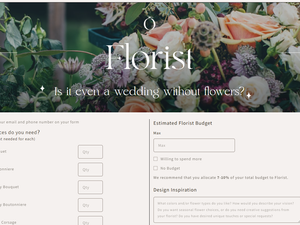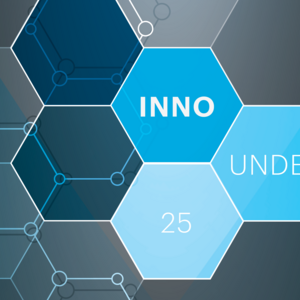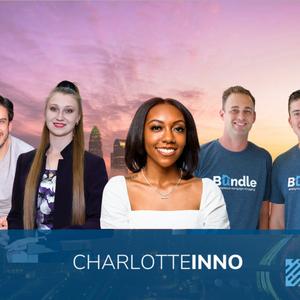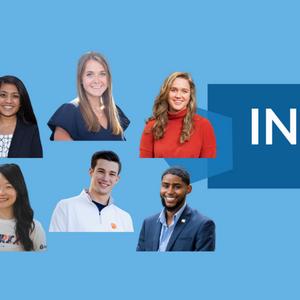
In the most recent article in our series on customer discovery, we advised you to use customer discovery to “listen and learn.”
Although that sounds obvious and easy, startup entrepreneurs find that it takes conscious effort to accomplish meaningful listening. Completing multiple, effective interviews is useful only if you can make sense of what you hear.
Transforming good interviews into meaningful customer discovery conclusions starts with accurate interview notes. Begin your note-taking during the interview and complete the documentation immediately after the session. Two-person interview teams are ideal since one person can focus on interaction while the other captures observations.
Some suggest recording the interview (with permission), although interviewees, in our experience, are less forthright when recorded. That’s why we prefer good notetaking completed within hours of the session.
This stage of the lean startup process enables you to understand the customer’s problems with the goal of achieving a compelling fit between that problem and your solution.
Although we focus on customer interviews, other methods can be effective, too. Observational research, for instance, enables deep understanding of how customers accomplish their tasks, which can lead to improvement opportunities.
Whether you use interviews or other techniques, MIT’s Bill Aulet identifies five obstacles to actionable, accurate conclusions:
- Lack of structured process
- Not properly executing the designed process
- Confirmation bias
- Selection bias
- Social acceptability bias
Our previous article described how to conduct interviews to eliminate obstacles one and two: use hypotheses testing, ask open-ended questions, and use “five whys” to drill down to specific observations.
Confirmation bias, the third obstacle, is a real danger in customer discovery. You want your idea to be accepted. The people you interview, in general, want to be helpful and positive. Your interviews must actively counter this bias. Seek bad news. Use the “five whys” technique to move past superficial responses. Seek facts, not opinions. And ask the interviewee to quantify. For instance, do not settle for, “I need a faster solution”; follow up with, “How much faster?” From our experience with over 100 Ventureprise Launch teams, we can tell you that 100 percent positive interview feedback means your interview technique is wrong.
Selection bias results from interviews conducted primarily with people with a limited perspective, especially if misaligned. Imagine a group of technical developers talking to other technologists about the problems associated with pricing artwork. Your interview insights will be useless; you should have interviewed artists and gallery owners.
Social acceptability bias is the fifth obstacle that afflicts successful customer discovery. Your friends and co-workers are rarely worth interviewing even if they are relevant to the problem. Their desire to preserve their relationship with you can adversely affect the honesty of their responses. Friends do not want to say, “Your baby is ugly.”
Your customer interview process will iterate as you gain new insights. You will likely need 100 interviews to understand the problem fully. Your careful notes will need organization to lead to quality conclusions. Tools such as the customer interview guide, customer archetype profile, value proposition canvas and business model canvas (available online) provide structure for your work.
Your goal is to understand the customer problem, ensure that your solution is a good fit, or pivot to a newly discovered problem-solution. More about that next time.
Suggested reading: “A Practical Guide to Primary Market Research: Advice from MIT’s Bill Aulet”, article adapted from Disciplined Entrepreneurship Workbook
Paul Wetenhall is the executive director of Ventureprise, UNC Charlotte’s innovation and entrepreneurship center serving the UNC Charlotte campus and Charlotte region.
